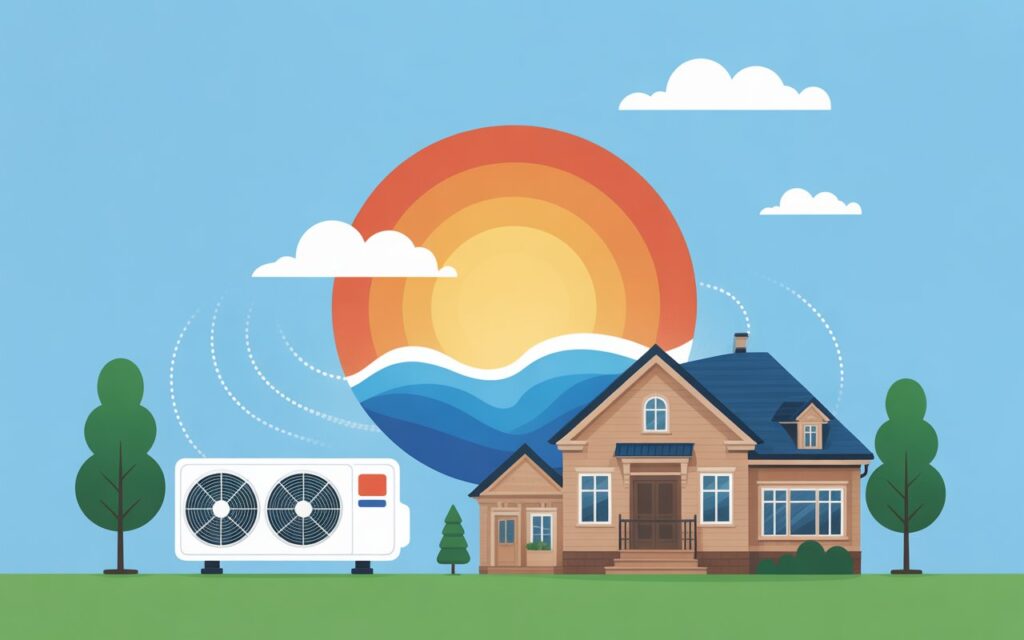Building your dream home is an exciting journey, but it can also be a costly one. With rising construction prices, it’s crucial to explore ways to make the process more affordable without sacrificing quality. One way to reduce costs is by hiring an affordable home builder Los Angeles, who can offer valuable insights into cost-saving options while maintaining high construction standards. In this article, we’ll guide you through some smart strategies to find cost-effective home construction options.
Understand Your Budget
Before you dive into any project, knowing how much you can afford is essential. Start by assessing your finances and setting a realistic budget. Take into account not only construction costs but also hidden expenses like permits, utilities, and furnishings. By determining your budget first, you’ll have a clear idea of where you can afford to spend and where you may need to cut back. This will guide your decisions and help avoid unexpected financial surprises down the road.
Choose the Right Location
Location plays a significant role in the overall cost of construction. Building in certain areas may come with added expenses like land development fees, zoning regulations, and local building codes. To save money, consider choosing a location where land is more affordable. Moreover, building in areas with easy access to materials and labor can help reduce costs. If you’re open to it, look for properties in developing neighborhoods, as these can often offer better rates compared to more established areas.
Opt for a Simple Design
While it’s tempting to go for a grand, complex design, simplicity can be the key to saving money. The more intricate your home’s layout, the higher the cost will be in terms of materials and labor. Instead, choose a more straightforward design with efficient use of space. Think about maximizing the functionality of each room and minimizing unnecessary features. An open floor plan, for example, can provide a sense of space without the extra cost of dividing walls.
Hire an Experienced Architect or Builder
Choosing the right architect or builder can make a significant difference in both cost and quality. An experienced professional will have a network of reliable suppliers, know where to get the best materials at affordable prices, and understand the local construction market. Investing in an expert early on can help prevent mistakes or costly redesigns later in the process. They can also advise on budget-friendly alternatives that won’t compromise the home’s functionality or aesthetic.
Consider Prefabricated or Modular Homes
Prefabricated or modular homes are gaining popularity due to their affordability and quick construction times. These homes are built off-site and then assembled on your property, which reduces labor and materials costs. If you’re looking for a more cost-effective option, consider these homes as a viable alternative. While they might not have the custom design options of traditional construction, many prefabricated homes come with stylish finishes and a variety of floor plans to choose from.
Use Energy-Efficient Materials
Building a home with energy-efficient materials is an excellent long-term investment. While some energy-efficient options might cost more upfront, they can significantly reduce your utility bills over time. Consider using materials like insulated windows, efficient HVAC systems, and solar panels to cut down on energy costs. Additionally, building a home that’s energy-efficient from the start can increase its resale value. Homebuyers today are increasingly looking for properties with lower environmental footprints, making energy-efficient homes more appealing on the market.
Look for Discounts on Materials
Materials can take up a large chunk of your budget, but you can find ways to save. Many construction supply companies offer discounts on materials, especially if you buy in bulk or during sales events. Check with local suppliers for seasonal promotions or look online for deals on everything from lumber to flooring. You might also want to consider reusing materials. Salvaged wood, windows, and doors can be repurposed in your home and can often be found at a fraction of the price of new materials.
Manage the Timeline
The length of your construction timeline can directly affect your costs. Delays can lead to additional labor charges, extended financing fees, and other unforeseen expenses. To stay on track, make sure to set a realistic timeline for your project and work with your contractor to ensure the project stays within schedule. If possible, plan construction during a less busy time of the year when contractors may be more available, and labor rates might be lower. A well-managed timeline ensures the project is completed without unnecessary delays and helps keep costs down.
DIY Some of the Work
If you’re handy and have the skills, consider tackling some of the work yourself. Simple tasks like painting, landscaping, or installing fixtures can save you a significant amount on labor costs. However, be realistic about your abilities—some jobs, like plumbing and electrical work, require professionals for safety and legal reasons. Take the time to assess which tasks you can realistically complete and which ones should be left to the experts. Just make sure you’re not cutting corners in areas that could affect the safety or functionality of your home.
Apply for Grants and Loans
Depending on your location and personal circumstances, you may be eligible for government grants or loans designed to help with construction costs. Look into any local or national programs offering financial assistance for building or improving homes. These can help reduce your upfront costs or offer favorable interest rates. Some regions also offer incentives for building energy-efficient homes. Check with your local housing authority or financial institutions to see if there are programs that apply to your project.
Conclusion
Building a home doesn’t have to break the bank. With careful planning and the right strategies, you can create a cost-effective construction plan that still meets your needs and dreams. Focus on budgeting wisely, selecting a simple design, and making use of energy-efficient materials to reduce costs. Remember, the key is to stay organized, make informed decisions, and keep your goals in mind throughout the process. By following these tips, you’ll be well on your way to building a home that’s both beautiful and affordable.









